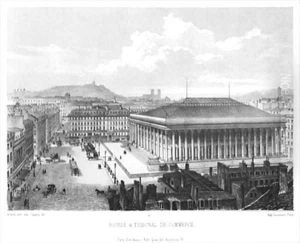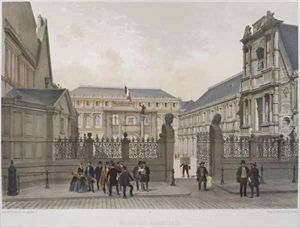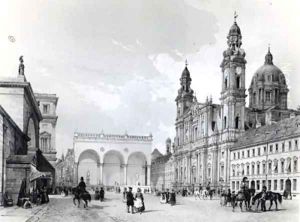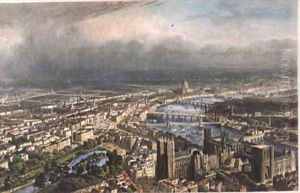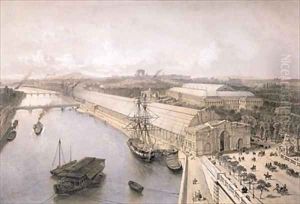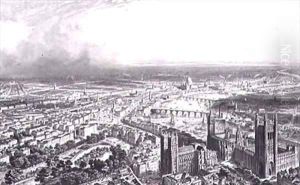Nicolas-Marie-Joseph Chapuy Paintings
Nicolas-Marie-Joseph Chapuy was a French artist and lithographer, born in 1790. He is best remembered for his work in the field of lithography, a printing process that was relatively new at the time and allowed for the mass production of images. This technology was crucial in the dissemination of visual culture during the 19th century, and Chapuy was among its early adopters and innovators.
Chapuy's career spanned a period of significant social and political change in France, from the aftermath of the French Revolution through the July Monarchy. Despite the turbulent times, he managed to carve out a successful career for himself by focusing on architectural lithographs. His most notable work includes a series of lithographs titled 'Vues pittoresques de tous les monuments de Paris' (Picturesque Views of All the Monuments of Paris), which provided detailed and accurate representations of Parisian architecture during the early 19th century. This series not only served as a valuable record of historical architecture but also as a means to foster French national pride and identity through the celebration of its architectural heritage.
Chapuy's interest in architecture extended beyond Paris. He also produced a significant work titled 'Monuments de Paris en XIXe siècle' (Monuments of Paris in the 19th Century), which further showcased his skill in capturing the essence of Parisian buildings and streetscapes. Beyond the confines of Paris, he ventured into illustrating architectural wonders from other parts of France and even the Middle East, notably in his series 'Voyage en Orient' (Journey to the Orient). This body of work highlighted his versatility and willingness to explore new subjects and techniques.
Despite his contributions to the field of lithography and the documentation of architectural history, Nicolas-Marie-Joseph Chapuy is not as widely remembered as some of his contemporaries. However, his works remain valuable to historians, architects, and art historians for their detail, accuracy, and beauty. Chapuy's lithographs continue to be studied and admired for their historical value and artistic merit. He passed away in 1858, leaving behind a legacy that captures the spirit and architecture of 19th century France.
